KEYNOTE SPEAKERS
Katarzyna Drozdowicz
Lodz Film School (Poland)
Film editor, academic teacher and PhD candidate in Lodz Film School, involved in OIRFET project. She is leading editing workshops for youngsters and adults.
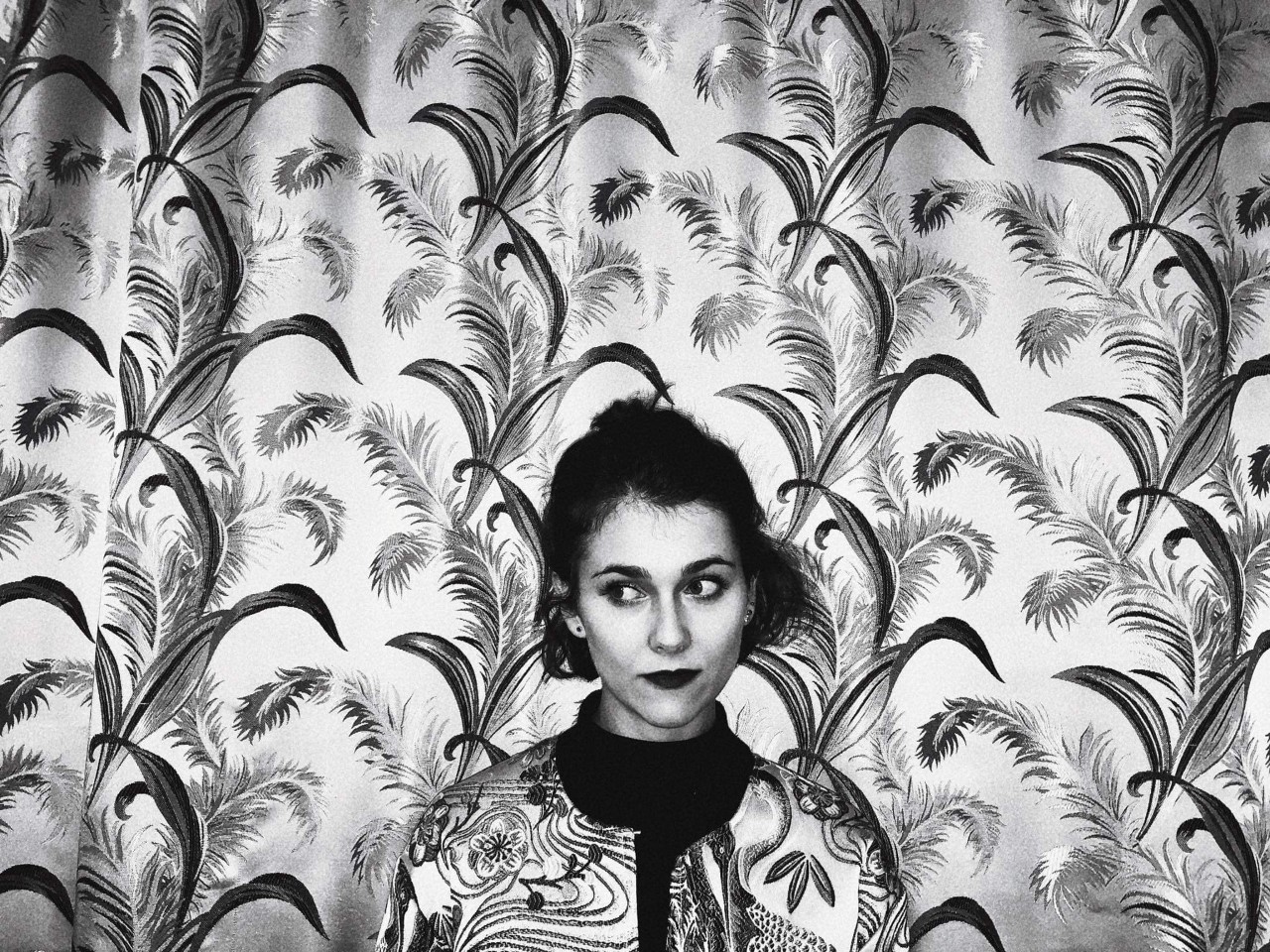
OIRFET - presentation 1: Space (Lodz Film School)
On-screen space is the two-dimensional surface of the frame, while cinematic space is the three-dimensional world in which the characters live and die.
The cinematic space is created in the viewer's imagination by the content of individual frames, the content built by the connection of following shots and by the sound which constitutes the space. The filmed content is quite different from classical footage because it doesn't have a specific narrative structure. There is no ready story line. It’s up to an editor to decide what would happen. That makes OIRFET content unique an helpful in film education. What is more it opens students minds and invite them to use their imagination and creativity to edit original story just the way they want it to be.
Jarosław Kamiński
Lodz Film School
Jarosław Kamiński graduated Film Editing at FAMU, Prague in 1987. From 1992 till now works as a professor of editing at Film School in Lodz. Moreover he is a founding member and a former President of PSM (Polish Film Editors Association) and a member of the Polish Academy of Films, the European Film Academy (EFA) and the AMPAS.
His most notable award recognition includes European Editor in 2018 (“Cold War”), numerous (ten) nominations and four awards by Polish Academy of Films, double winner of the Best editing at Polish Feature Film Festival in Gdynia, editor of Oscar awarded “Ida”.
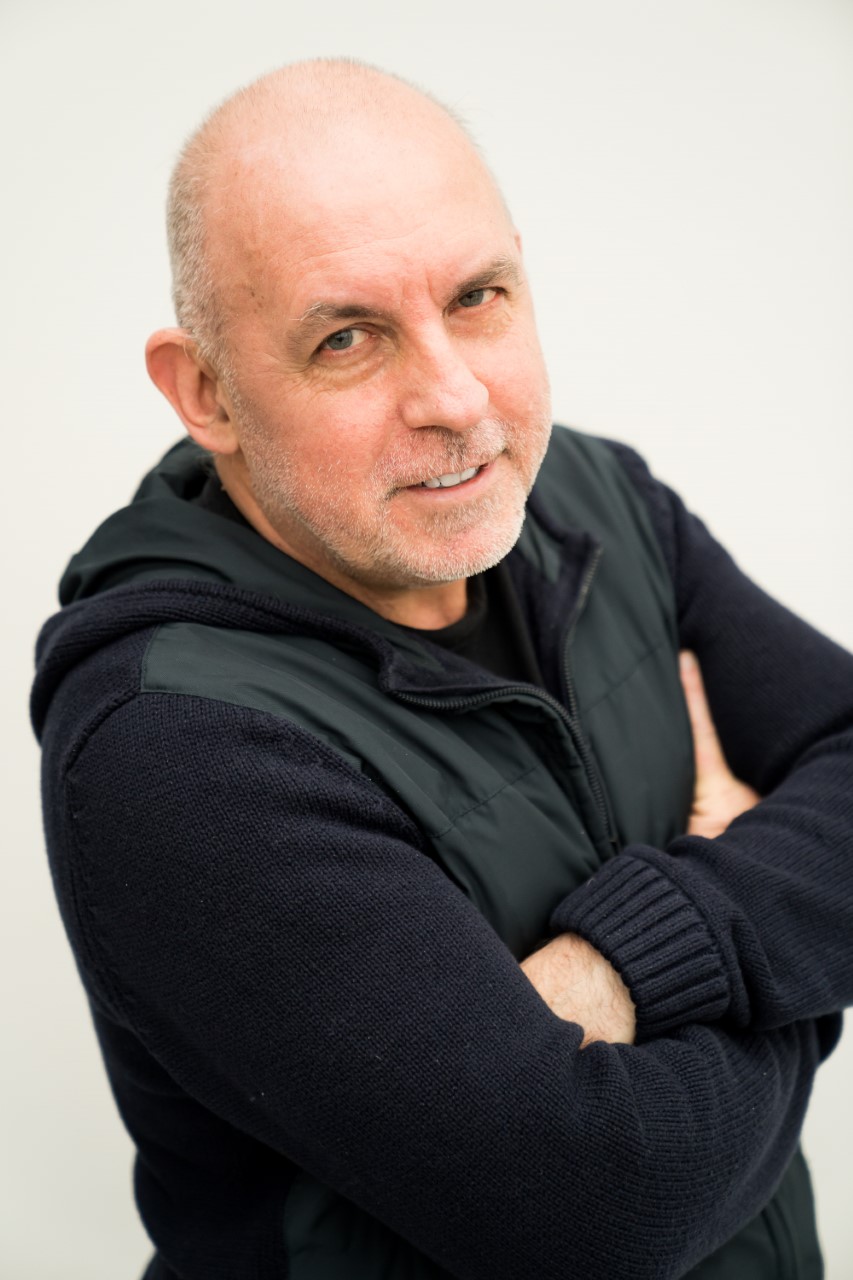
OIRFET - presentation 1: Space (Lodz Film School)
On-screen space is the two-dimensional surface of the frame, while cinematic space is the three-dimensional world in which the characters live and die.
On-screen space is the two-dimensional surface of the frame, while cinematic space is the three-dimensional world in which the characters live and die. The cinematic space is created in the viewer's imagination by the content of individual frames, the content built by the connection of following shots and by the sound which constitutes the space. The filmed content is quite different from classical footage because it doesn't have a specific narrative structure. There is no ready story line. It’s up to an editor to decide what would happen. That makes OIRFET content unique an helpful in film education. What is more it opens students minds and invite them to use their imagination and creativity to edit original story just the way they want it to be.
Adam Brothanek
FAMU (Czech Republic)
Since graduating from Film and TV School of the Academy of Performing Arts in Prague (FAMU), Adam Brothanek has been working as a freelance film and TV editor. In addition, he also realizes his own creative projects. He is the vice-chairman of the Czech Association of Film Editors and lecturer at the Department of Editing, FAMU.
OIRFET - presentation 2: Time (FAMU)
On June 1968, a medical team led by the surgeon Karol Šiška performed the first human to human heart transplant in Czechoslovakia and it became the first successful operation in the Eastern bloc.
Although the procedure was successful, the patient died after a few hours. The real event became the inspiration for the final film material.
For the purposes of the material, we decided to work with two characters, the main surgeon and the patient. These two characters represent unique time plans that can be intertwined in various ways. We focused a lot of attention on subjective dimension of the characters, the effort was to show the internal conflicts and personal emotionality, due to this approach it´s possible to make more variations, the emphasis on subjectivity helps frees up working with time – when we somehow experience events, time doesn´t need to be necessarily linear. The operation itself was also important to us, we realized, that the whole record of surgery has greatest potential of working with temporality (length of the operation/beginning of the operation/end of the operation/what happens during the operation).
Each character is the holder of their own theme, the surgeon seeks to perform a scientific procedure, for the patient's character we thematize the fate that must be accept. Generally, the film deals with losses and gains that are changing rapidly during medical procedures.
The resulting effort is to present the simple backstage, breakthrough situations that doctors and patients are facing on a daily basis.
The material was filmed in a period of 5 days in a historical surgical station from mid 1960s.
The main inspirational sources was the film All That Jazz (1979), which focuses on heart surgery and emphasizes the subjective experiences of the patient. Another source include the film First Man (2018), although the film deals with the space flying theme, it became the inspiration of the visual aspect of the final images.
Dimitrios Polyzos
FAMU (Czech Republic)
Born and raised in Athens, Greece. Dimitrios studied Electrical & Computer Engineering at the National Technical University of Athens where he received his Master in Engineering. Meanwhile he was working as a freelancer assistant editor and later on as a full time film editor and a post coordinator. He moved to Prague where he got his diploma in Editing and Creative post production from FAMU International. Currently he’s based in Prague as a freelance film editor and post workflow designer. From September 2016 he’s also a guest lecturer of postproduction in FAMU International.
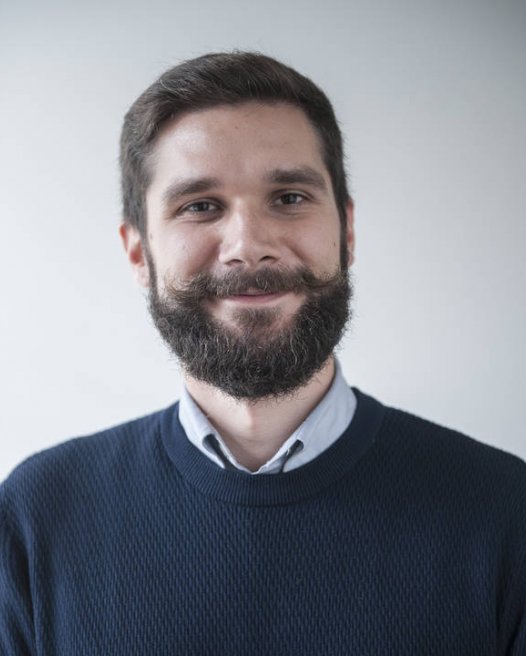
OIRFET - presentation 2: Time (FAMU)
On June 1968, a medical team led by the surgeon Karol Šiška performed the first human to human heart transplant in Czechoslovakia and it became the first successful operation in the Eastern bloc.
Although the procedure was successful, the patient died after a few hours. The real event became the inspiration for the final film material.
For the purposes of the material, we decided to work with two characters, the main surgeon and the patient. These two characters represent unique time plans that can be intertwined in various ways. We focused a lot of attention on subjective dimension of the characters, the effort was to show the internal conflicts and personal emotionality, due to this approach it´s possible to make more variations, the emphasis on subjectivity helps frees up working with time – when we somehow experience events, time doesn´t need to be necessarily linear. The operation itself was also important to us, we realized, that the whole record of surgery has greatest potential of working with temporality (length of the operation/beginning of the operation/end of the operation/what happens during the operation).
Each character is the holder of their own theme, the surgeon seeks to perform a scientific procedure, for the patient's character we thematize the fate that must be accept. Generally, the film deals with losses and gains that are changing rapidly during medical procedures.
The resulting effort is to present the simple backstage, breakthrough situations that doctors and patients are facing on a daily basis.
The material was filmed in a period of 5 days in a historical surgical station from mid 1960s.
The main inspirational sources was the film All That Jazz (1979), which focuses on heart surgery and emphasizes the subjective experiences of the patient. Another source include the film First Man (2018), although the film deals with the space flying theme, it became the inspiration of the visual aspect of the final images.
Peter Pokorný
VŠMU (Slovakia)
Director and screenwriter, born in Bratislava (1986), graduated in Editing Department at Academy of Performing Arts in Bratislava. After postgraduate studies, he started to teach at the same school. He is director of various documentary movies and series.
One day he somehow realized that his destiny is to investigate esoteric phenomena by film. Therefore, at present he is creating a documentary series called The Investigators - six 52 min. documents about various esoteric phenomena from the point of view of scientific research.
OIRFET - presentation 3: Subjective Narration (VŠMU)
The point of view is being set already in the stage of writing the script, by choosing the main character through which we will tell the story.
This is the way how we give the viewer the opportunity to empathize with the character and live the story with him. Everything must be subject to this - acting, cinematography, sound. We receive information through the screen and the movie fabula is made in our head.
One of the tools that the editor has in his hands is creating a perspective on how the viewer will look at the story. Many times, the story can be told from different perspectives, and choosing the best conditions determines how interesting it will be for the viewer. The editor should use the visual language of the scene to express the emotional impact of the scene through the mental and emotional perspective of the character. Our exercise, a short etude called Surprise, gives students the ability to practice subjective storytelling by following one of three characters and by choosing their preferred genre.
Vladimir Gojuns
Academy of Dramatic Arts in Zagreb (Croatia)
Vladimir Gojun graduated Film Editing at the Academy of Dramatic Arts in Zagreb where he currently works as a teacher, docent – associate professor and Vice Dean for Academic affairs, Film and TV studies. He was appointed for two terms as an artistic advisor for Documentary films (production and development) in Croatian Audiovisual Center. Also, he works as a senior programmer for Croatian shorts program Checkers at the Zagreb Film festival. He is the editor of internationally acclaimed features ("Buick Riviera", "Behind the glass", "You carry me", "The Miner", "Men don't cry", "The Frog", "All Alone, Murina") documentaries ("Cash & Marry", "Houston", "we have a problem!", "The King", "Russian", "My world is upside down", "Steel Mill Caffe"), shorts ("It's not that I know", "It's the way it is", "Yellow Moon", "By chance", "Breath") and experimental films ("From to", "First gasp"). He directed four documentaries ("Cycles", "Times of great depression"). He has received numerous awards in his homeland and abroad for both his editing and directing work.
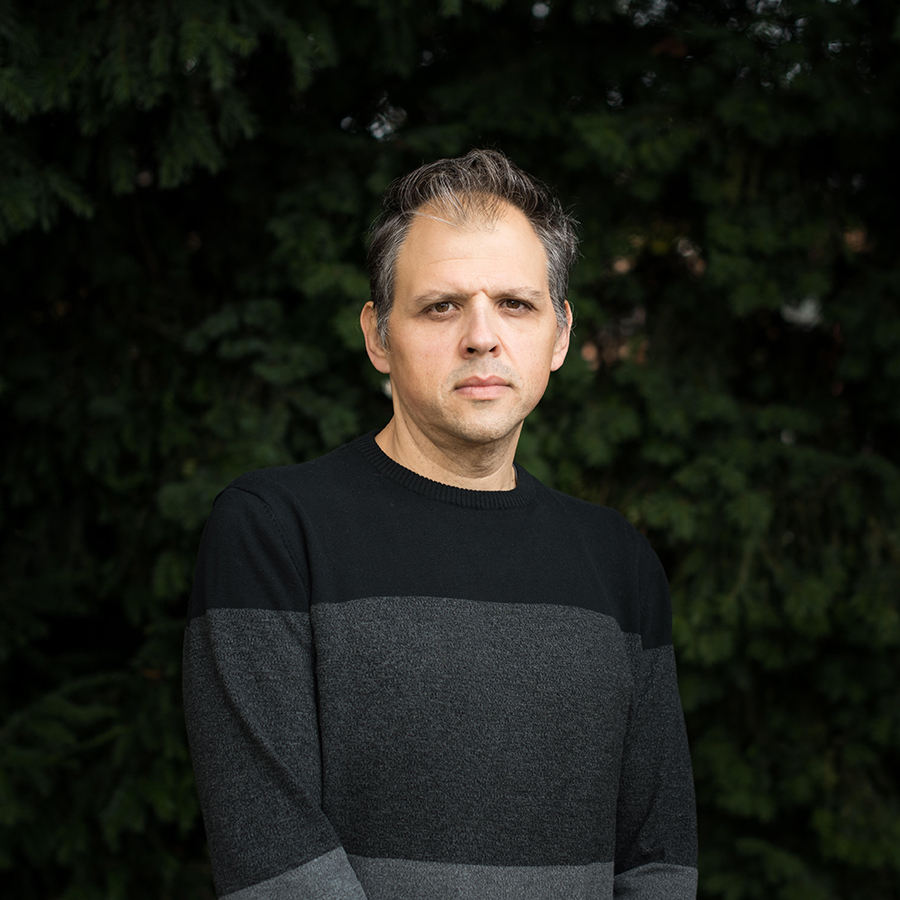
OIRFET - presentation 4: Visual Style (ADU)
The idea behind the Visual style assignment is to create a loose story with a clear beginning and end which doesn't have to be predefined in the material.
The main focus is on form and atmosphere. The footage presented is a deconstructed dance performance with clear segments from beginning to end. However, students are encouraged to find alternative logic behind certain sequences or even base their assignment on a single sequence. Students are able to choose from four different visual styles present in the material, all differentiated by texture, lighting, color, camera movements and even genre. Each style can be paired with sounds which is left to the students own choice and interpretation. Styles can be combined and put into relation to one another. The goal of the visual style workshop is to encourage building alternate and individual visions from scratch.
Roger Crittenden
NFTS (UK)
Roger Crittenden joined BBC in 1962 and enjoyed a distinguished career in the cutting rooms. Amongst his credits were three films for Ken Russell, including "Song of Summer", the award winning film on Frederick Delius; four films for Don Taylor, and three films in Kenneth Clark’s "Civilisation" series. Towards the end of his career at the BBC he was given an award for Sustained excellence as a Film Editor.
Recruited to the National Film School as Head of Editing when it opened in 1971. Subsequently appointed Director, Full-time Programme. Currently a Curricular Consultant and visiting tutor at the NFTS. He has taught in places as varied as Copenhagen, Moscow, Manilla, Mexico and Rome.
He is author of two books on the craft of editing and his book on Truffaut’s "La Nuit americaine" (Day for Night) was published in the British Film Institute’s Film Classic series. His latest book is "Fine Cuts- The Art of European Film Editing".
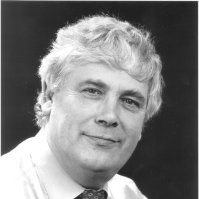
A Perfect Film Editor (ONLINE)
To make the concept of a ‘perfect’ editor even feasible there would have to be a formula that suggests a film has a perfect outcome.
That formula would then have to be built into the way the film is conceived and shot. Perhaps a kind of mechanised Hitchcock – the script reduced to a storyboard and the editor following the timing and structure already determined for them.
Editor = computer.
But editing is not about finding the perfect form that is already built into the material. If nothing else the edit suite is where you discover possible alternatives and surprising solutions to each and every moment. It is one thing to be secure in the details of the story you are telling, but quite another to edit in such a way that the emotional truth in all its complexity can be grasped and enjoyed by the audience. This is why any attempt to describe the perfect editor or indeed perfect editing is a foolhardy enterprise, since emotional truth and the way it is communicated to the audience is frankly impossible to reduce to a formula.
However putting the different demands of individual films aside it is possible to describe some elements of the variables at play, if we accept that ‘perfect’ editing is not the name of the game. If I ignore the considerable anxiety associated with reducing a creative process to words on the page, it may be worth trying to address one or two of these elements.
Michael Kam - Ngee Ann Polytechnic
School of Film & Media Studies (Singapore)
Michael has taught editing for more than a decade at Ngee Ann Polytechnic’s School of Film & Media Studies. He served as its film diploma's course chair from 2010 to 2016. Michael also directs short films that have travelled to festivals such as Berlin, Tampere and Cork.
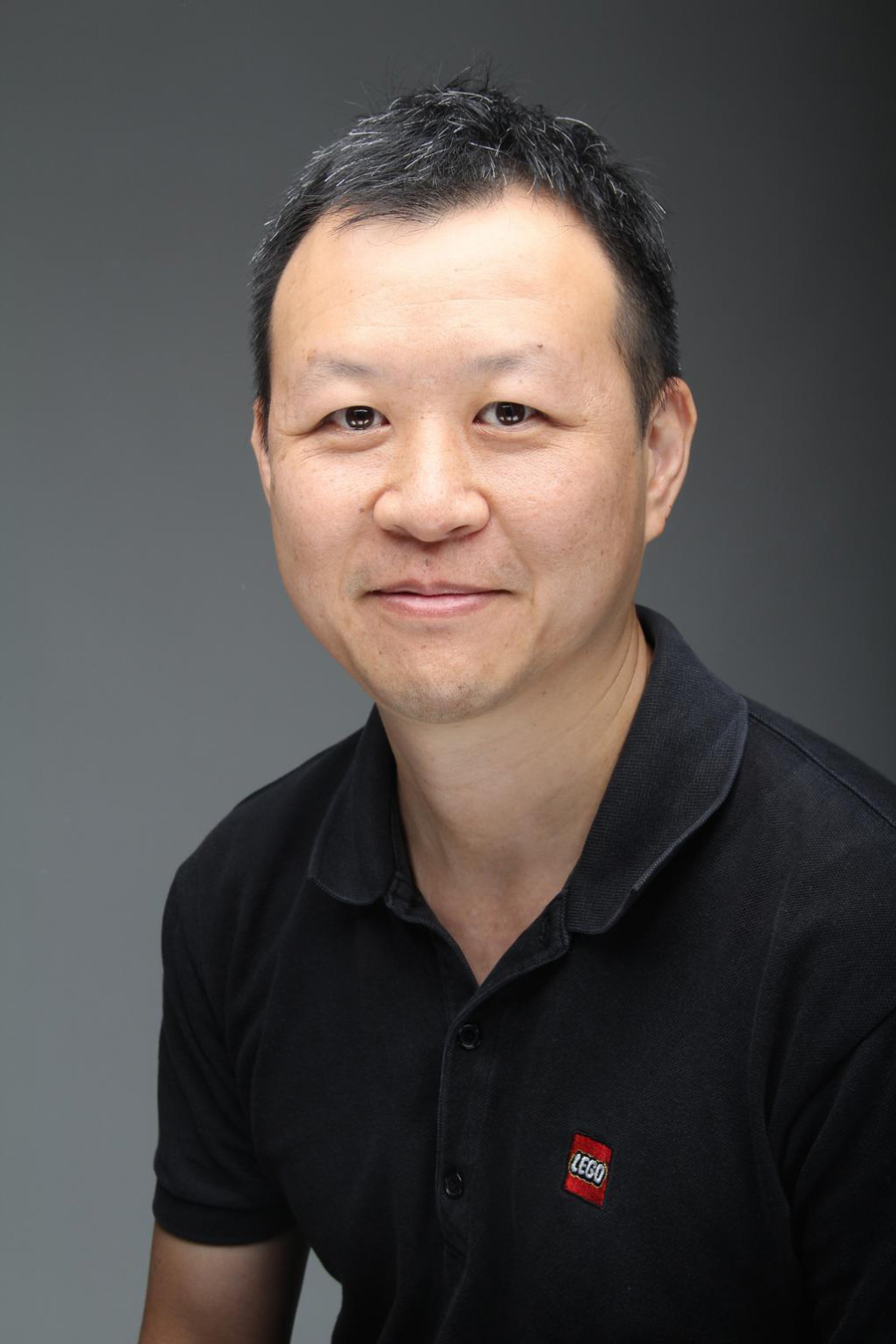
Learning Editing for a Digital Generation (ONLINE)
Teaching editing and connecting with teenage students from Generation Z has its own set of challenges. Generation Z are people who have grown up in an “always on” technological environment.
With that comes behaviours, attitudes and lifestyles that are both positive and concerning. The nature of my work involves introducing editing to entry-level film diploma students in this age group. They need to build foundational knowledge on editing and develop creative and technical skills in the art of editing, on an (often) unfamiliar software, for the purpose of narrative-driven storytelling. Of late, this has been managed through a mixture of synchronous and asynchronous learning, where communication and learning is supported through the use of digital platforms and social media, and where the material used and covered has to factor the stage of the educational process the learners are at. This presentation will seek to illuminate on the merits and pitfalls of using these tools for communication and learning, as well as the issues faced and overcome in the teaching process.
Kamil Rutkowski
Black Photon
Kamil Rutkowski has 18 years experience in the motion picture industry. He graduated from Warsaw University of Technology as MSc and Polish Film School in Lodz. During last years he worked in several companies, e.g. Studio 128, Lightcraft , The Chimney Pot where he led DI department and Digital Film Restoration dep. as CTO and DI Factory where he was a co-owner and CTO. In 2020 he started Black Photon as a co-owner and CEO - post production facility that offers premium-grade feature films and television post production services. He was responsible for R&D, implementing new technologies and technical development of tools and workflows. He was involved in first DIs in Poland, first 4k DI in Europe and led first Digital Cinema distributions. He designs and implements workflows starting from film-set till distribution and archival. Worked as DI Specialist and DI Supervisor on more than 250 movies. He is also a SMPTE Poland chairman and member of ISO, PKN and IMFug.

Artificial Intelligence and Machine Learning in Film
The presentation will cover how AI/ML tools are evolving and how they are used in the film industry.
AI/ML is a hot topic in many areas. Mostly connected with industry but also with art.
AI/ML exists now on every step of film creation and helps to speed up many processes. How AI/ML tools can help filmmakers to achieve more? What can be achieved?
Are AI/ML tools mature enough to be used with high quality demanding movies? These are questions for which we will try to find answers.
Piotr Winiewicz
Piotr Winiewicz is a graduate of Fine Art Academy in Vienna, founder of Kaspar A.I. -company dedicated to development of A.I. assisted tools for filmmakers and author behind projects such as Reflector, Untold Stories and upcoming film ABOUT A HERO.

Kaspar - Developing A.I. Assisted Tools for Filmmakers
Introducing research, experiments and installation developed by Kaspar over the last 2 years.
Presentation will also include inspirations and work by partners, artists and academics that we encountered in our process. (That will include presentation from the RNDR and our collaboration - a design studio from Hague).
Untold Stories
Untold Stories is an upcoming project, an online platform where audience together with an A.I. assisted algorithm will be able to edit short films from raw material from films that has never been finished and publish them in our online cinema.
We will discuss in details the project and explain the work, philosophy and mechanisms behind it.
Boyd Rotgans
Boyd Rotgans (Interaction designer, user experience, 3D Visuals) is teaching Coding in the BA Graphic Design at the Royal Academy of Art, The Hague (KABK).
Before becoming a partner at RNDR he was a lead interaction designer and UX designer at LUSTlab, mostly leading projects. He has a BA in Interaction Design from Artez Academy for the Arts.
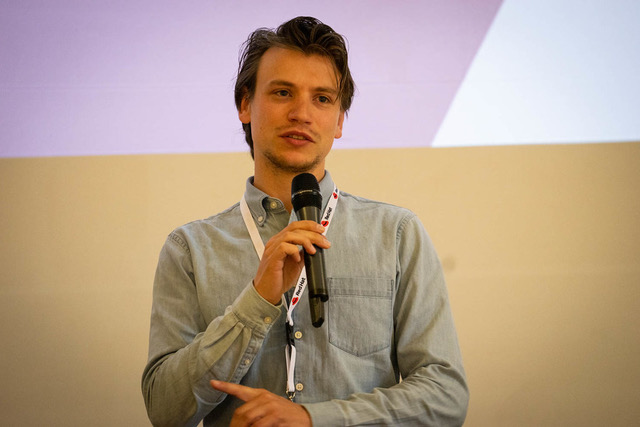
Kaspar - Developing A.I. Assisted Tools for Filmmakers
Introducing research, experiments and installation developed by Kaspar over the last 2 years.
Presentation will also include inspirations and work by partners, artists and academics that we encountered in our process. (That will include presentation from the RNDR and our collaboration - a design studio from Hague).
Untold Stories
Untold Stories is an upcoming project, an online platform where audience together with an A.I. assisted algorithm will be able to edit short films from raw material from films that has never been finished and publish them in our online cinema.
We will discuss in details the project and explain the work, philosophy and mechanisms behind it.
Kersti Grunditz Brennan
Stockholm University of the Arts (Sweden)
Editor and director of award winning (Prix Italia, Guldbaggen) feature documentaries since 2003. Assistant professor of film editing at Stockholm University of the Arts, architect of their new Film and Media MA and BA-programs. PhD-candidate with artistic research presented at international conferences.
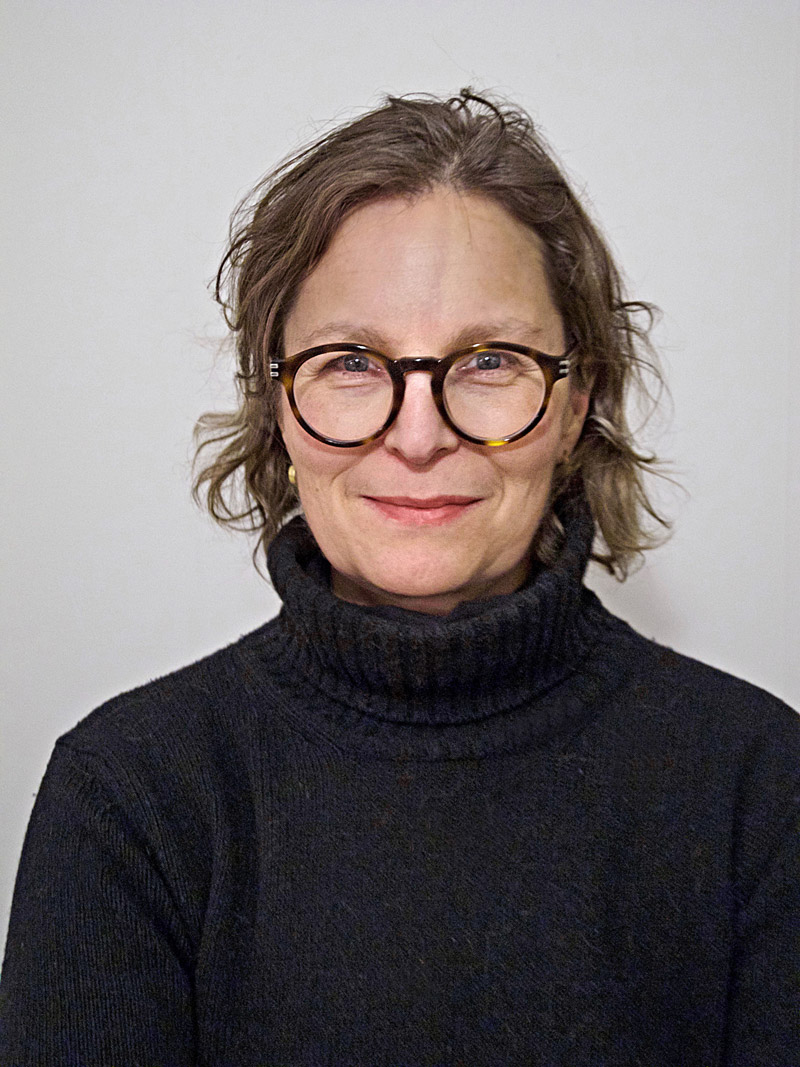
Creating Character in Editing
Editors’ choices of shot, take and timing (Pearlman, K. 2016) augment and vary actors’ performances and directors’ instructions to significantly shape the audience perception of film characters.
This artistic aspect of editing is often attributed to intuition – unreflective, split-second expert judgements. However, attributing this expertise solely to ‘intuition’ makes it problematic to teach the shaping of characters beyond craft skills like keeping continuity and emphasizing a particular perspective.
The proposed presentation aims to explicate methods for teaching: interpretation of actor performance; tools for molding it further; and skills to ultimately create a character for viewers to emotionally invest in. By providing explicit articulations of implicit knowledge such as kinesthetic empathy, laws of physics, autonomous reactions, and cultural conditioning, these methods can further student’s ability to: shape and develop multifaceted characters through editing; build narratives around characters and relationship that offer depth and nuance across the role roster; and respond to multiple complexities of dramaturgy, perspectives, style etc.
The presentation is a case study of a teaching practice developed through an artistic research project and used with editing students at Stockholm University of the Arts, applied to both narrative fiction and documentary film.
Kristina Trömer
Filmuniversity Babelsberg (Germany)
Kristina Trömer studies in the master program of film editing at Film University Babelsberg in Potsdam. She completed her bachelor´s degree with a screenplay and since than is interested in the connection between editing and writing. She likes to explore editing as an interdisciplinary craft and a field of artistic research.
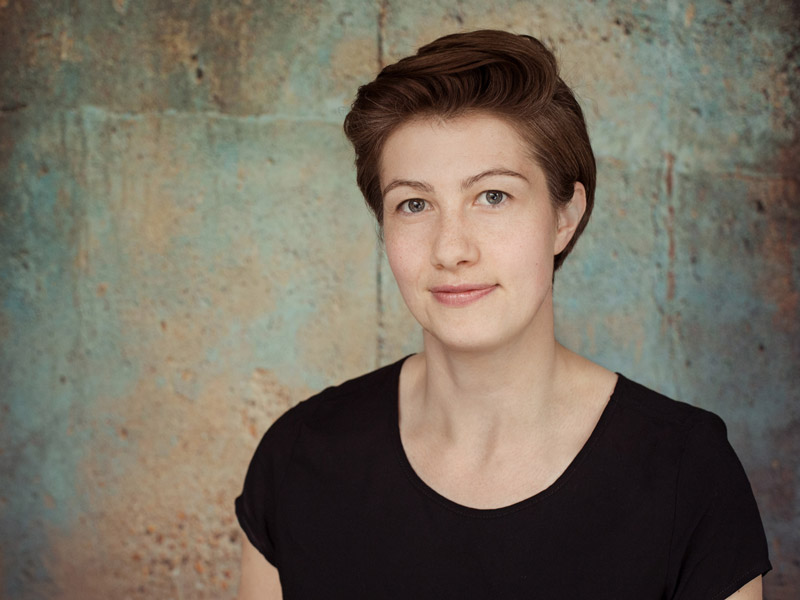
Montage and Dramaturgy
What to take in and what to leave out.
These are skills that can be very useful for story development and dramaturgical work on the screenplay. So why don´t see it as another creative field in teaching and a future working environment for editing students?
I want to present my idea of a joint seminar where directing, dramaturgy and editing students are working together on a script draft. The seminar should focus on the role of the editing students and on their special, intuitive approach to dramaturgy. There is a special quality in skills that come from practical work, from feeling what feels right and the experience of trial and error. Editing can be described as a form of artistic research in the field of dramaturgy and the seminar should explore this in a deeper way by practical assignments.
In the panel I want to present some methods that I developed for the seminar. I am very interested in an exchange with people who are already teaching editing to enrich my thoughts and to further develop this seminar.
Sylvia Ingemarsdotter
DAVA (Sweden)
Prof Sylvia Ingemarsdotter
Professor Emerita
Dalarna Audiovisual Academy (DAVA), Dalarna University, Sweden
With over thirty feature film credits to her name, Sylvia Ingemarsdotter is one of Europe’s leading film editors. She has worked on many of Ingmar Bergman’s films, including the Oscar-winning "Fanny & Alexander" (1982) and "Autumn Sonata" (1978).
http://www.svenskfilmdatabas.se/en/item/?type=person&itemid=458033
https://www.imdb.com/name/nm0408748/
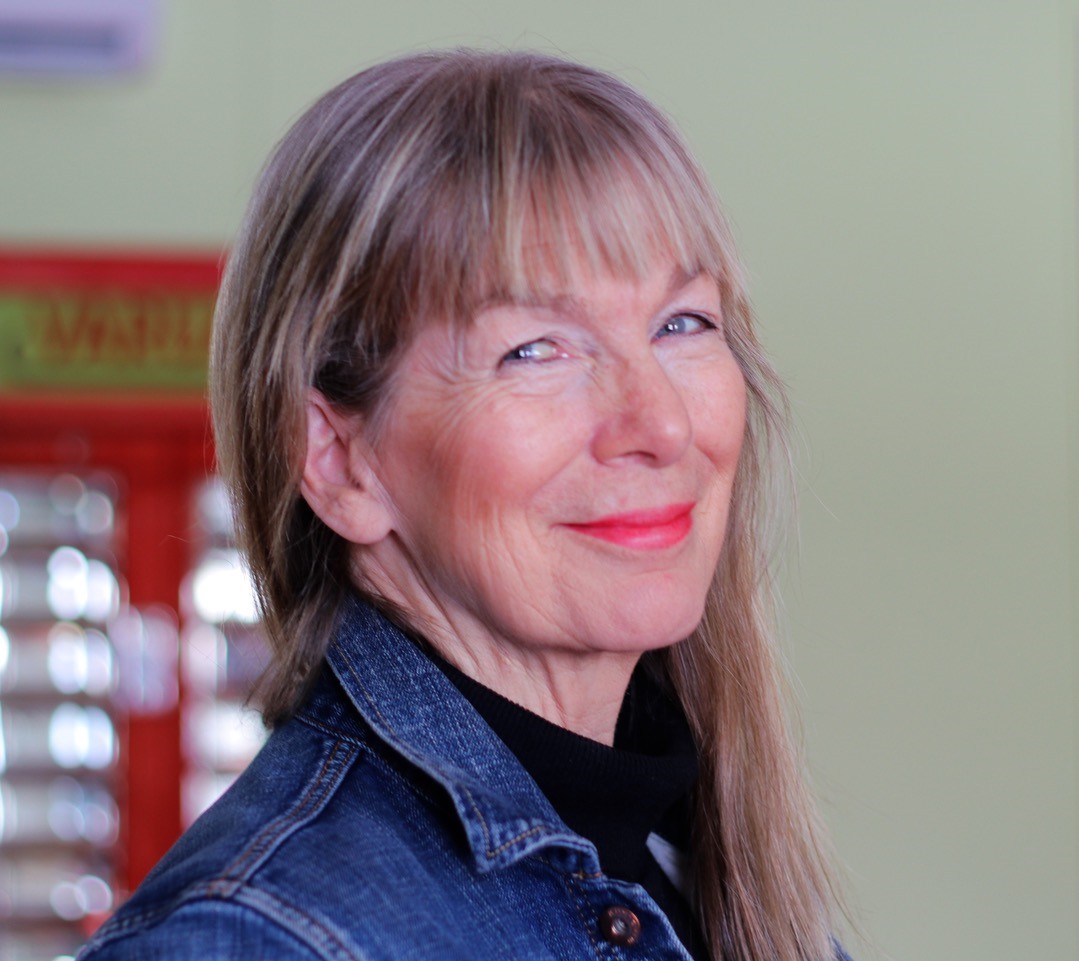
Editing in the Deep End
Prof. Sylvia Ingemarsdotter and Senior Lecturer Axel Grigor – editing teachers at DAVA, Dalarna University – discuss the advantages and limitations of enhancing film students’ appreciation of film editing craft by facilitating courses offering practical, real-world editing experience.
By providing access to professional feature film rushes and associated production documents, DAVA aims to expose students to the creative and organisational processes faced by working film editors and editing assistants.
At the heart of this intense period of editing immersion is a journey of creative self-discovery, in which students are encouraged to evaluate their emotional response to actors’ performances and explore various storytelling possibilities.
Guided by regular tutorials, where editing choices and processes are discussed and analysed, students gain new and tangible insights into the film editor’s responsibilities and central role in the filmmaking process.
Examples from students’ editing work will be shown.
This session invites schools to discuss how the use of professional film footage affects practice-based editing pedagogy and how this helps students prepare for a career in the field of post-production.
Axel Grigor
DAVA (Sweden)
Senior lecturer in film editing at Dalarna Audiovisual Academy (DAVA),
Dalarna University, Sweden
DVA Cand., Griffith Film School, Australia
A Swedish-Australian film editor, producer and director, Grigor’s work has featured at IDFA, Tribeca Film Festival, Göteborg Film Festival and Sydney Film Festival. His film "Jill Bilcock: Dancing The Invisible" (2017), a portrait of legendary Australian film editor Jill Bilcock, won numerous international awards was nominated for Best Feature Documentary at the Australian Academy of Cinema and Television Arts Awards.
https://www.imdb.com/name/nm0341865/
https://www.linkedin.com/in/axel-grigor-a1777b38/
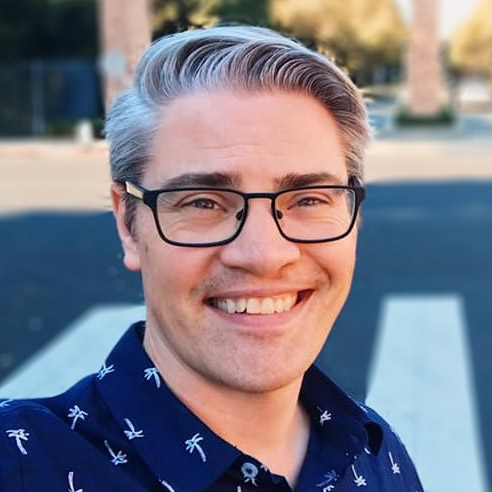
Editing in the Deep End
Prof. Sylvia Ingemarsdotter and Senior Lecturer Axel Grigor – editing teachers at DAVA, Dalarna University – discuss the advantages and limitations of enhancing film students’ appreciation of film editing craft by facilitating courses offering practical, real-world editing experience.
By providing access to professional feature film rushes and associated production documents, DAVA aims to expose students to the creative and organisational processes faced by working film editors and editing assistants.
At the heart of this intense period of editing immersion is a journey of creative self-discovery, in which students are encouraged to evaluate their emotional response to actors’ performances and explore various storytelling possibilities.
Guided by regular tutorials, where editing choices and processes are discussed and analysed, students gain new and tangible insights into the film editor’s responsibilities and central role in the filmmaking process.
Examples from students’ editing work will be shown.
This session invites schools to discuss how the use of professional film footage affects practice-based editing pedagogy and how this helps students prepare for a career in the field of post-production.
Jill Bilcock: Dancing The Invisible
"Jill Bilcock: Dancing The Invisible" focuses on the life and work of one of the world’s leading film artists, Academy Award nominated film editor Jill Bilcock.
Iconic Australian films "Strictly Ballroom", "Muriel’s Wedding", "Moulin Rouge!", "Red Dog", and "The Dressmaker" bear the unmistakable look and sensibility of Bilcock’s visual inventiveness, but it was her brave editing choices in Baz Luhrmann’s "Romeo+Juliet" that changed the look of cinema the world over, inspiring one Hollywood critic to dub her editing style as that of a “Russian serial killer on crack”.
With a back-story as colourful and surprising as her films, and featuring commentary from Cate Blanchett, Baz Luhrmann, Shekhar Kapur, Phil Noyce and Fred Schepisi, this documentary is a wonderful insight into the art of editing and the profound impact it has on storytelling.
Liis Nimik– Tallinn University
Baltic Film and Media School (Estonia)
Liis Nimik (1979) is an Estonian film editor, producer and documentary filmmaker. Having edited four feature films with global distribution, her editing classes have grown popular over the years. She is teaching students in Erasmus Mundus master program Kinoeyes and AV media bachelors in Baltic Film and Media School.
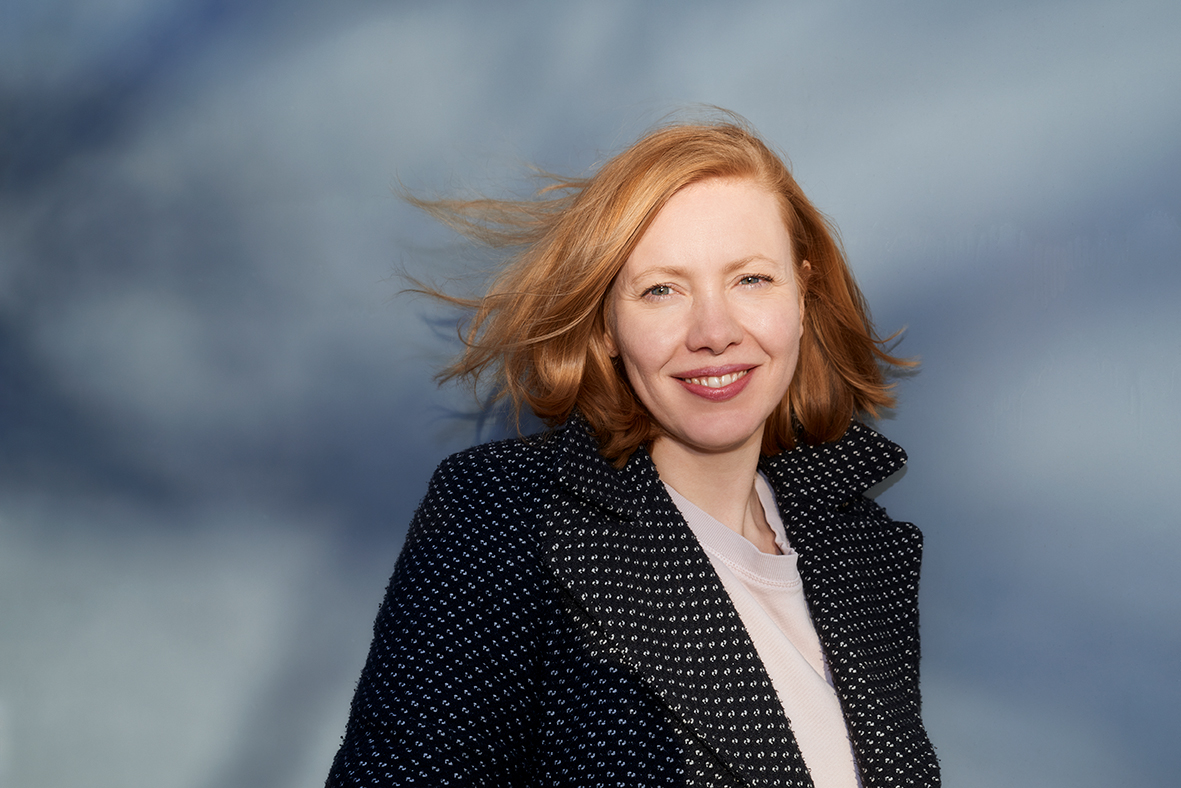
Philosophy of Teaching (ONLINE)
The importance of chance in film editing. Theory based on Roland Barthes Camera Lucida where he separates studium (photographers intention, understandable to everyone) - and punctum (chance which makes the image staggering, something we don't know why it is there).
I have been using this theory in film editing classes with a question – what is punctum in film? What is this element of chance which makes film interesting and how to notice that in editing? If a documentary filmmaker shoots a scene where chance itself directs it with start, middle and end – he/she does not know why it happened, it is only left for him/her to witness that rhythm. And in feature film – what is the chance element there, which we can only witness but not construct?
My proposition is that teaching editing requires a change of focus from the cut to the invisible flow between cuts and philosophical discussions over punctum in film have very effectively made students focus shift to the actual inner drive of the film. Also it can be asked – if AI could replace film editors then would AI notice and be able to recognize punctum?
Reka Lemhenyi
SzFE - University of Theatre and Film Arts Budapest
(Hungary)
Réka Lemhényi had worked on number of features, Tv series, documentary films, with famous directors, like Oscar winner István Szabó in "The Door" starring Helen Mirren, Jerzy Skolimowski on his Venice Award winning "Essential Killing" starring Vincent Gallo or György Pálfi cult films "Taxidermia" or "Final Cut" shown in Cannes Film Festival.
She has multiple Best Editor awards. From 2015 she has been teaching editing at the University of Theater and Film Arts Budapest.
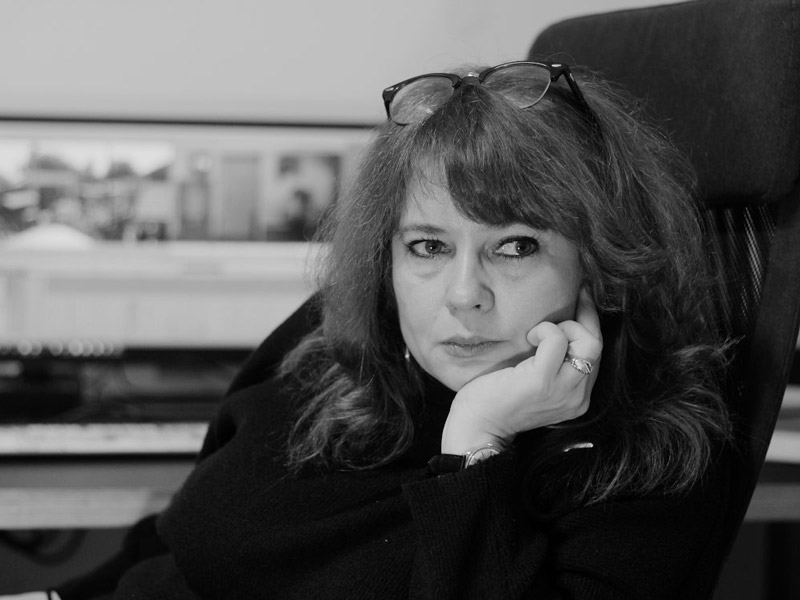
Learning by Doing
We are each other's Masters!
Education is preparing students for the future, but no one knows what the future will bring.
The future is totally unpredictable, but we try to give students a grounded basis, hopefully helping them in this transition with creativity, flexibility, openness, extended knowledge, etc.
I am a professional editor and I also teach editing. My method is to transfer my own professional experiences accumulated during the past 25 years. I have tried out myself in a wide variety of film genres, my editing work having been recognized worldwide with several international awards. I still have, however, the urge to learn. I can teach the students what the film editing was in my time, but what it will be like, we must figure out together by learning from one another.
I was trained “Learning by doing”. I still think this is ideal only if supported by extended curriculum in film history, film theory, technical skills, dramaturgy, literature and if focuses on innovative project based, cooperative and collaborative exercises, with the aim of self-knowledge development and social sensitization. Mentor-student relationship is very important. I have set off a senior-tutoring programme, whereby senior students are teaching freshmen. It proved effective and help students to connect with the editors’ community.
Saikat Sekhareswar Ray
Satyajit Ray Film & Television Institute (India)
Saikat has been editing films since 2004, mostly documentaries and fiction films. He has edited films like Are You Listening, Hope Dies Last in War, Neel Mukut and others. He has been working with SRFTI since 2011 as an Asst. Professor, in the department of Editing.
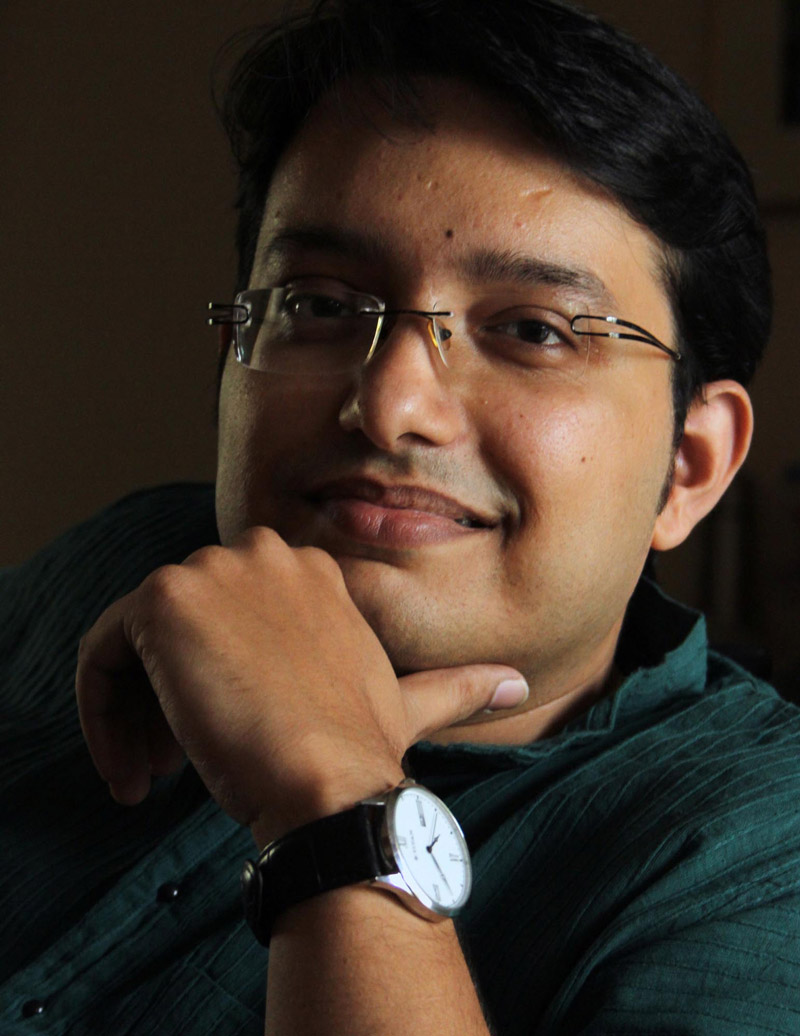
Finding Patterns in Asymmetry (ONLINE)
As educators, editing professionals or even as a cine-lover, we often talk about rhythm and pace.
From peaceful dialogue scenes to fast-paced action scenes, all have rhythm and it moves at a particular pace. When we watch a film it is much easier to access, but while making it, editors do face problems. Some say, they hear a rhythm as they edit the scenes. So, fundamentally, an inherent rhythm sense is what drives the editor to choose a cutting point, or the nature of the shots. But is rhythm always 2|2 or 4|4? Not really. If someone is acquainted with Indian classical music s/he would know that some rhythm patterns are quite complex. Some are not even symmetric in nature. From a 5 beat cycle, the Hindustani Classical music may range to a 18 beat cycle or more. Song writers have used these complex patterns to emphasize on particular words used in the songs. The musicians go on creating even more complex patterns on the given asymmetric structure. But are these natural? Do we really experience rhythm in an asymmetric manner? If we just go back to the point where the editor was imagining a rhythm pattern, if it’s asymmetric, do we get a proper scene?
My presentation will try to find out how edited sequences from known films have incorporated asymmetric pattern structures for a better effect.
David Addo-Gyan
National Film and Television Institute (Ghana)
Multipotentialite David Addo-Gyan has worked in the music, film, television, advertising, publishing, graphic design, training, creative writing, and event production industries for well over a decade. David is currently a chief instructor at the National Film and Television Institute, where he initially received his BFA Degree in Film Editing.
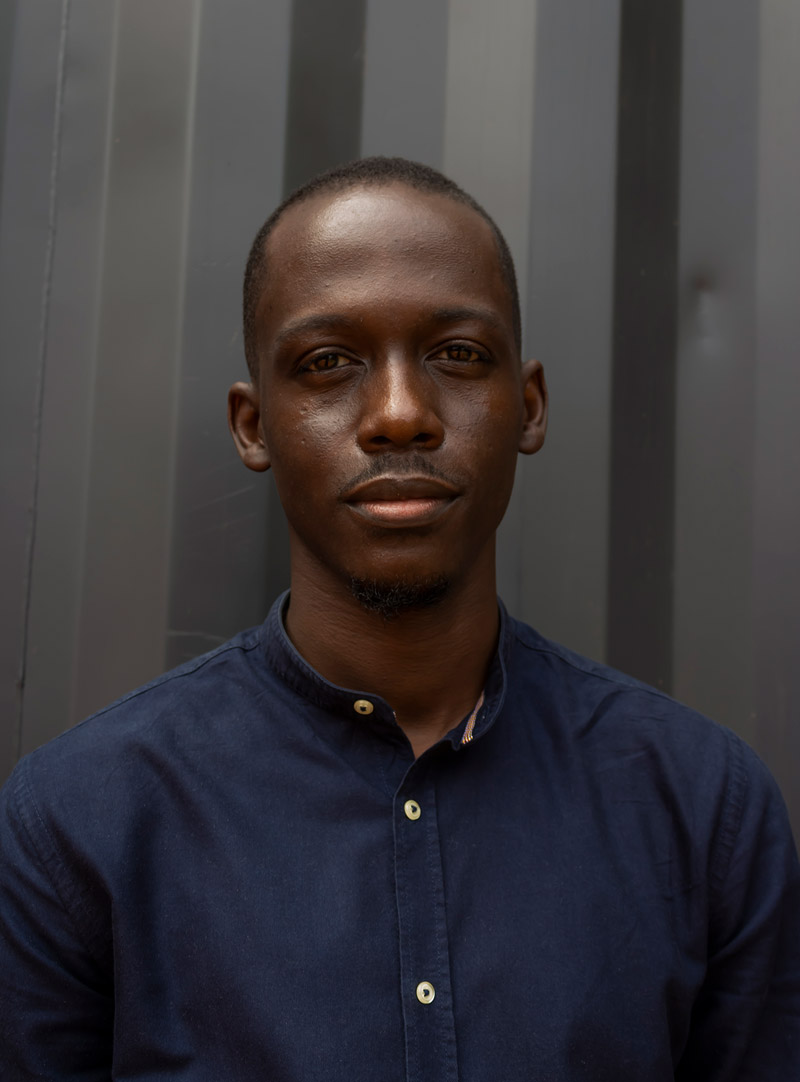
How to Train a Human, the Editor in the Age of Artificial Intelligence (ONLINE)
Four industrial revolutions have not only improved human productivity, efficiency, and expression, they have also shaped our definitions of these terms.
In an age where artificial intelligence is creating original work, and where machine learning is producing better results than human intervention, professionals across the board are learning to negotiate a future where many roles which were once thought to only be possible with humans may be lost to robots.
The craft of editing has been caught in a perpetual loop - over many decades, it has gone through cycles of progressive simplification, from rudimentary to reverent and back. Training courses tend to focus on the basic mechanics of editing and the technology that facilitates it. The result is a crop of editors that are fast and precise, but yet failing to create substantial experiences with their work. This rubik's cube kind of editing can be formulated and automated - both by humans and by software. However, what cannot be formulated currently (or in the foreseeable future) are the qualities that editors bring to editing that are exclusively human.
Mirror neurons, kinesthetic empathy, and embodied simulation theory, among other discoveries, can give us better insight into why we experience things the way we do, and if incorporated into the teaching process, can inform editors on how to use those abilities to craft better audio-visual experiences.
This essay makes a case for shifting training efforts away from film history - which is constantly being rewritten - as well as away from film technology - which is better taught by manufacturers - towards the exploration of human experience in storytelling.
Filipe Roque do Vale
University Lusofona (Portugal)
Filipe Roque do Vale is an editing and film language professor at Universidade Lusófona, Lisbon. He is also director of Reshape.Studios, the university's studio and equipment management platform. Filipe has twenty years of teaching experience in national and international programs. He is a PhD student in Media Arts. He directed short films and is a film editor that has worked in feature films, shorts, documentaries, music videos and advertising.
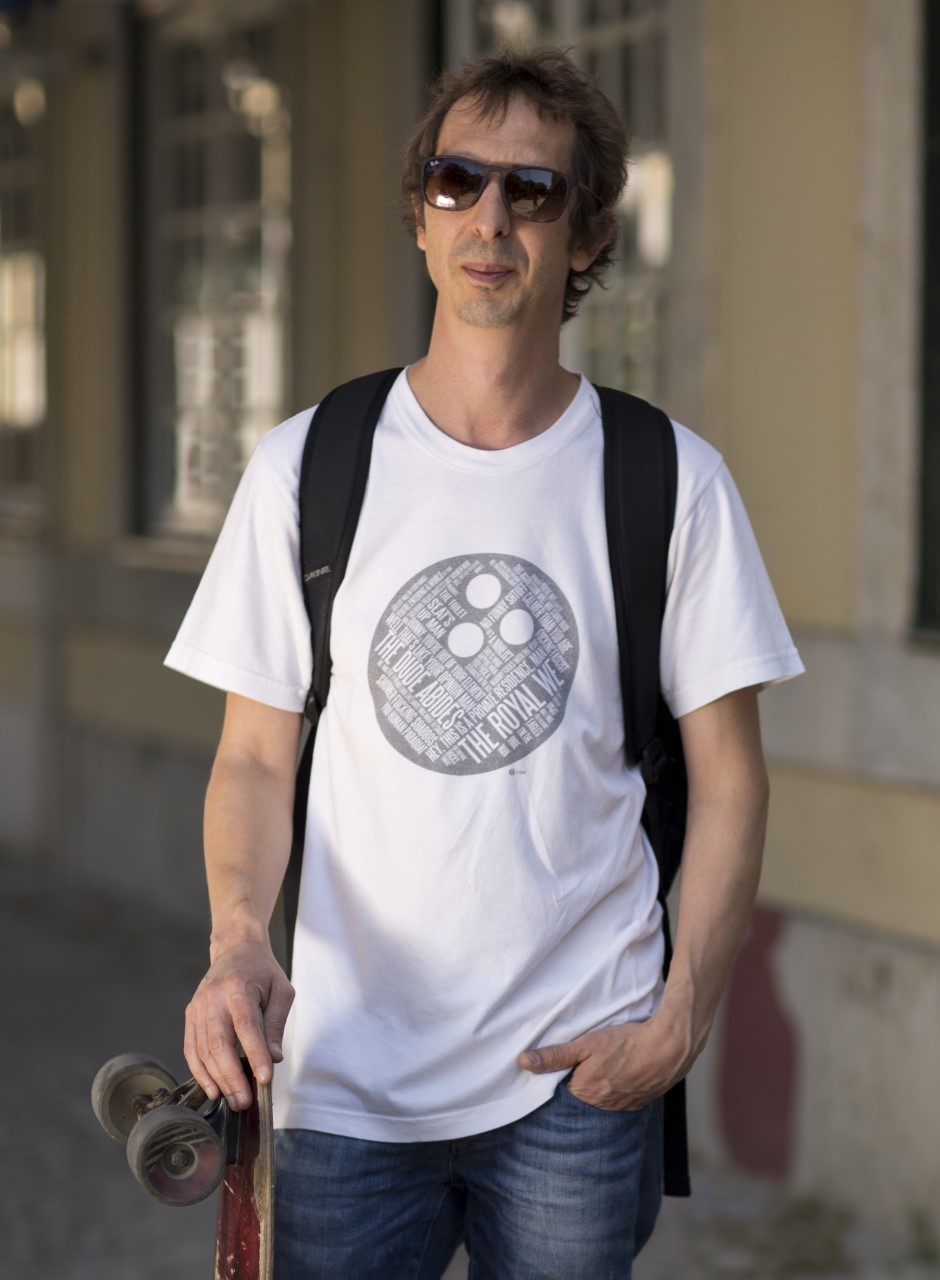
Assemblage Theory - Outline of a Conceptual Framework for the Process of Film Editing
The state of the art in the field shows that the theoretical principles have proven to be robust to the evolution of cinema.
The conceptual framework here proposed does not intend to invalidate them, but to provide a new look at how they become processes of artistic creation.
It is possible to identify a significant set of contextual changes in the production and consumption of audiovisual fiction. The editor's relationship with creative procedures undergo relevant changes. It also introduces the democratization of the process now distributed and accessible to most people.
In this framework the focus is on filmic elements, which exists within the shot, but also in sound, music, words, and dialogues. The central operation of editing becomes the creation of relationships between filmic elements. The experience of a film should emerge from this network of connections.
This implies the understanding of complexity, of networks, of the phenomena of emergence. For this framework we use the systematization of the assemblage theory developed by Manuel DeLanda from the book "The Thousand Plateaus" by Deleuze and Guattari. From the assemblage theory, conceptual tools are identified, and a rereading of the montage theory is made to find the creative processes in question.
Marcin Fischer
Film director, screenwriter, editor and VFX supervisor. Studied Film Direction at Polish National Film School in Lodz. His debut TV feature film "Kontrym" won numerous awards and was declared best TV show of the decade in it's genre according to audience plebiscite. Worked also as a 2nd unit director, editor and VFX artist on popular Polish TV series ("Pact 2", "Pleasure Principle", "The Illegals") for HBO and Canal+. Author of many music videos, commercials and experimental shorts. Recently concentrated on commercial postproduction workflows serving now as Post Supervisor at Bites/Crunch, one of the world's leading tabletop studios.
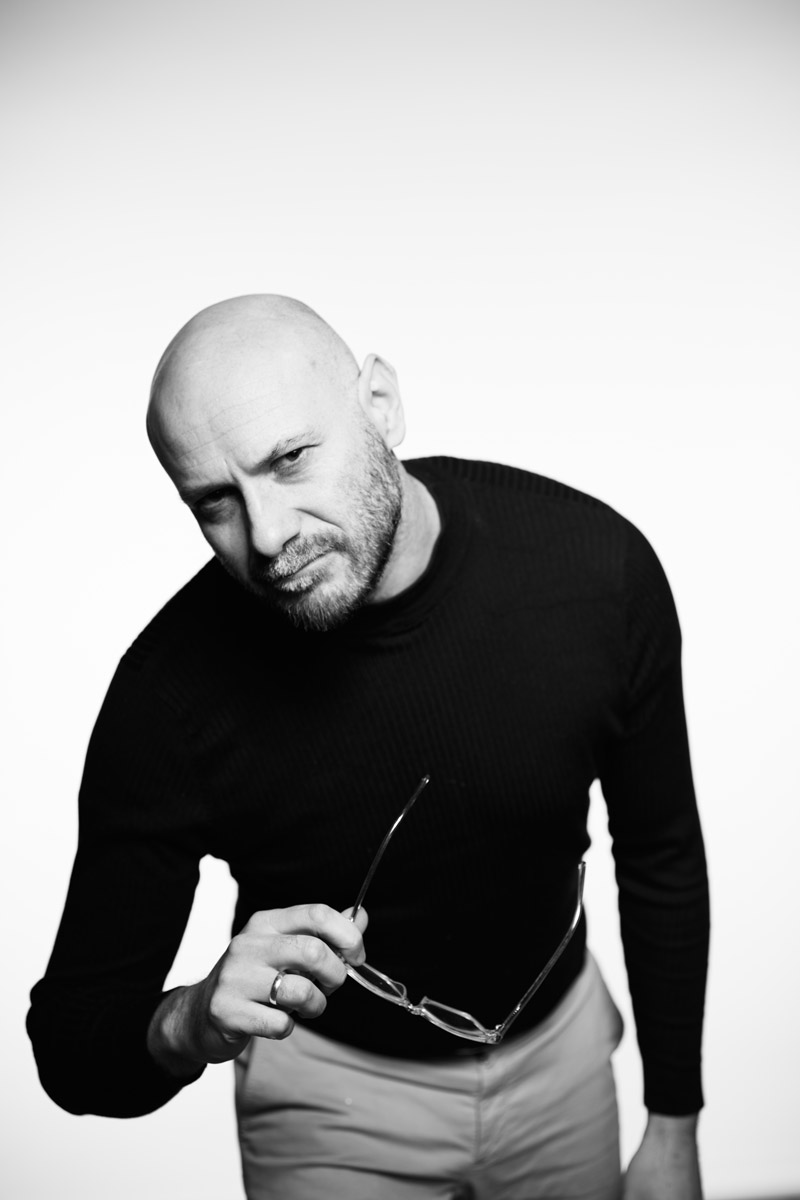
Is AI Editor's Fulfilled Dream or Worst Nightmare? Prepare for both
We hear of computers “taking our jobs” since their conception.
Is this threat real for modern film editors? Artificial intelligence and Machine Learning became today’s buzz words in almost every field. But what does it actually mean in the world of film editing? Why would editors want AI support in the first place?
Thanks to YouTube, streaming platforms (Netflix) and social media revolution (including TikTok subrevolution) video became the most popular form of content on the Internet. According to the Cisco visual networking index, more than 80% of the Internet traffic has been video content.
All of this content needs to be edited and postproduced. The demand highly exceeds the capabilities of all of the world’s existing human editors.
Everyone who tried to edit anything himself is surprised how tedious, mundane, time consuming and technical this activity is. How little fun is actually there. That’s one of the biggest blocks for people who would like to edit anything for themselves. Another problem is that while editing in it’s essence seems simple, it requires intelligent manipulation of the moving images from a high level of abstraction. Try one of the most basic editorial tasks: take selection. What makes the take “good” or “bad”? In fact there are hundreds of parameters the human editor takes into consideration: technical, artistic, visual, context-based, etc.
But what if AI could take all of the editing drudgery and leave to us the creativity alone?
We’re on the way there. There already are advanced AI-supported tools on the market, ready to use for consumers and professional editors. I would like to briefly present the most spectacular ones and test what they actually can and cannot do.
I divided the tools into two main categories: speech-oriented (speech-to-text recognition and text-to-speech generation, automatic content generation tools like Lumen5 or Magisto, advanced search mechanism, etc.) and image-oriented (shot recognition, automatic cropping and reframing, AI supported matte generation, rescaling, etc.). Some of them are even capable of editing simple video entirely themselves.
But - as we’ll see - the services for now are fragmented. They do not form any cohesive editorial system. It also seems research in the field is led by scientists who are AI specialists but not editors. But automatic editing of fixed TV formats (like docu-drama) or social media promo videos seems just a matter of time, leaving human editors the space to embrace art-driven part of filmmaking.



